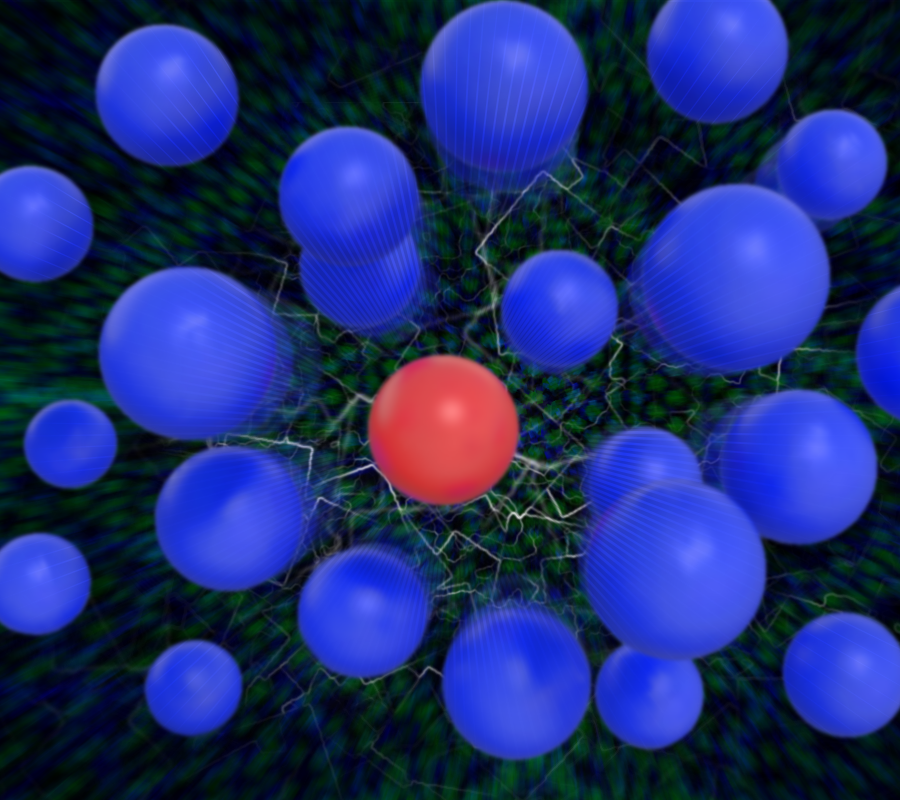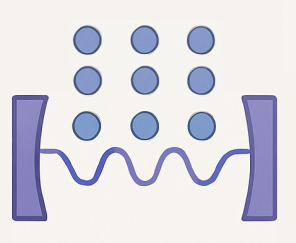
Fermionic matter from a bottom up perspective
We study fermionic impurity problems and fermionic many-body systems combining microscopy with Ramsey interferometry.

We study fermionic impurity problems and fermionic many-body systems combining microscopy with Ramsey interferometry.

We explore light-atom interactions in atom arrays exploiting ytterbium's rich level structure.

We build a modular architecture with programmable qubit control, uninterrupted operations and a quantum interconnect providing atom-photon entanglement generation mediated by an optical cavity